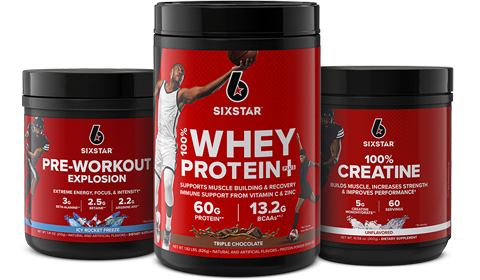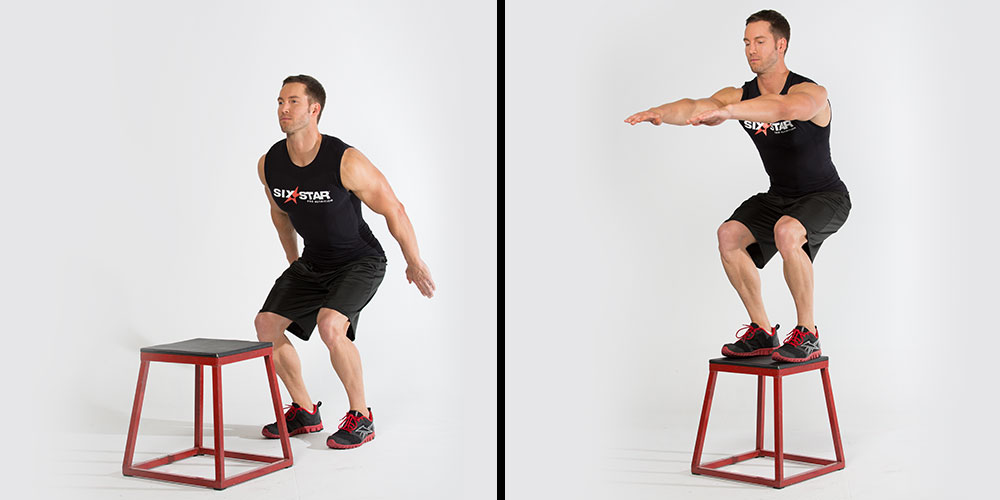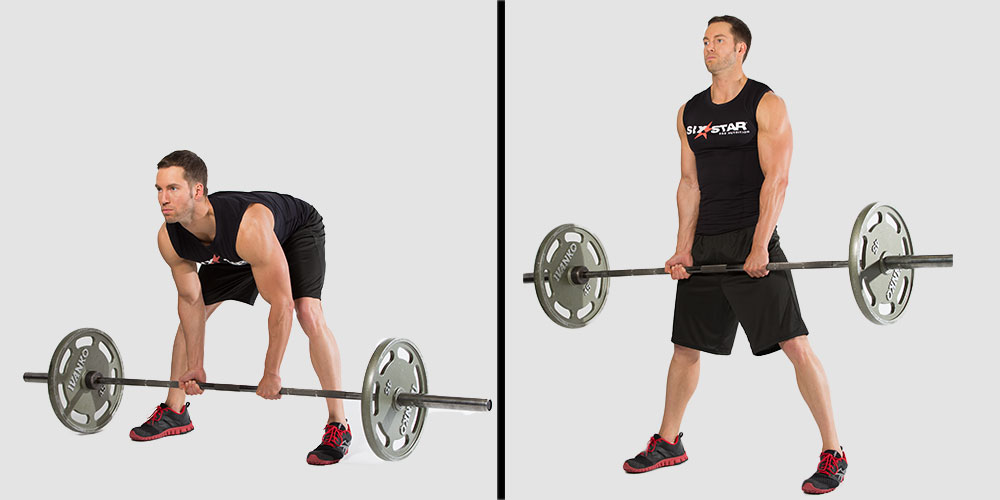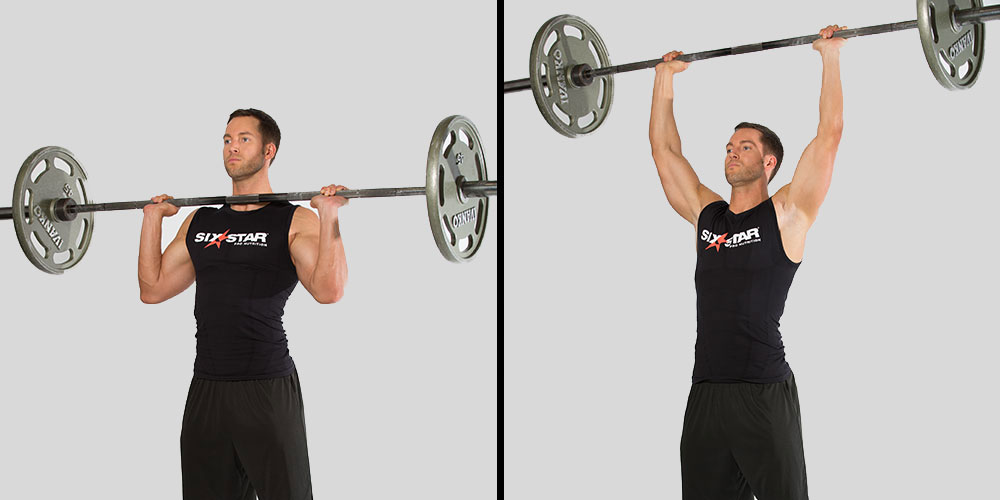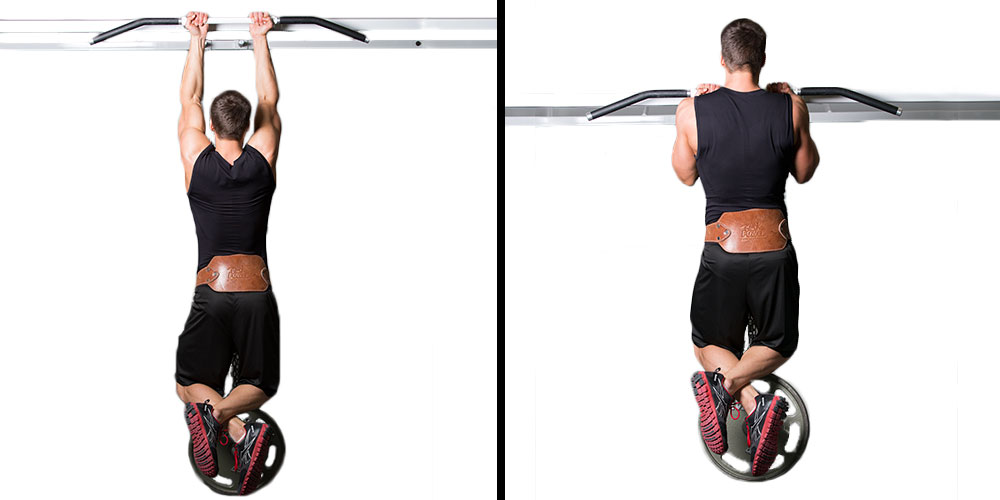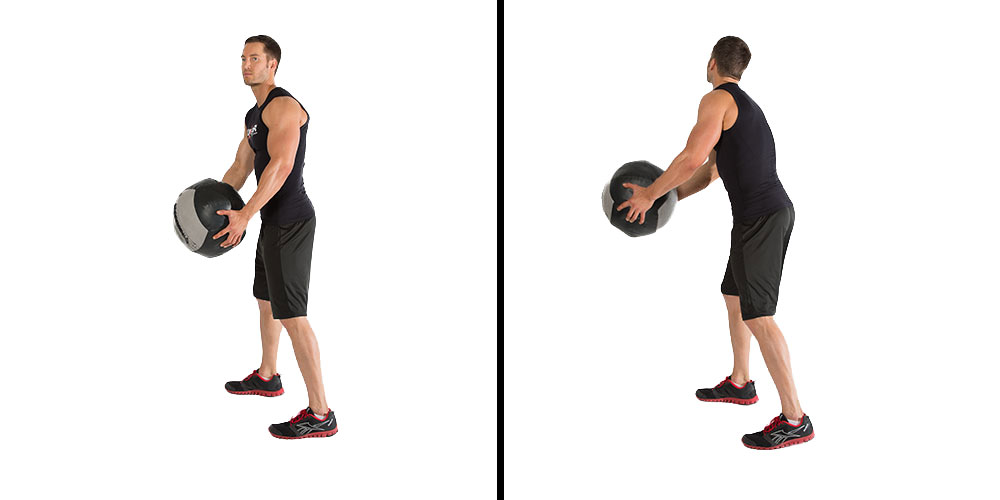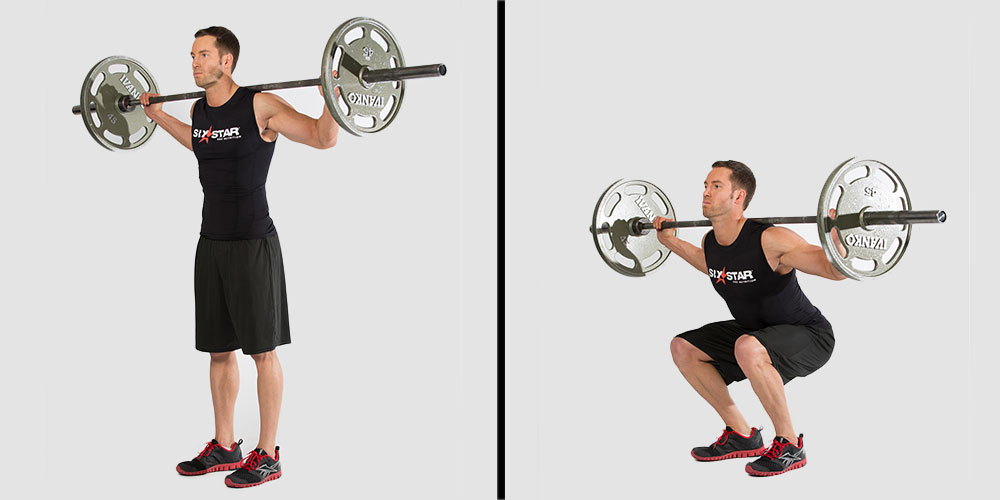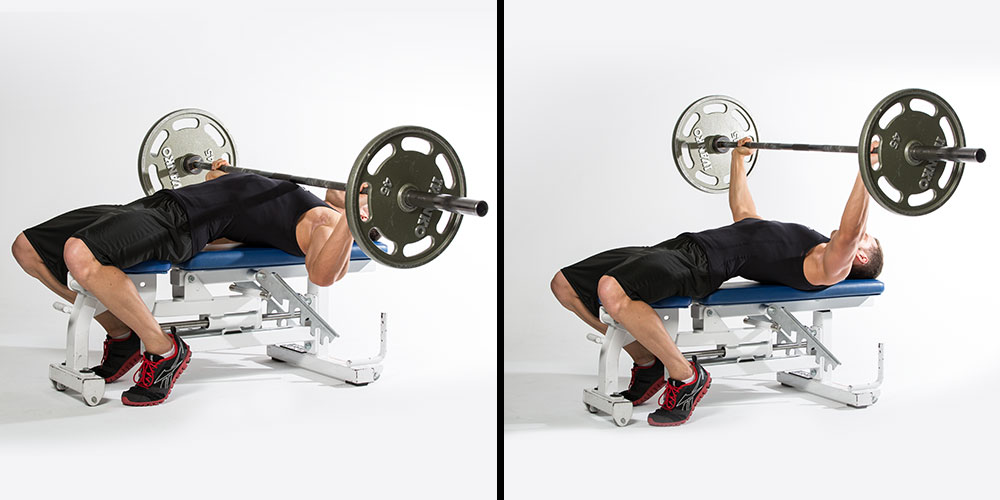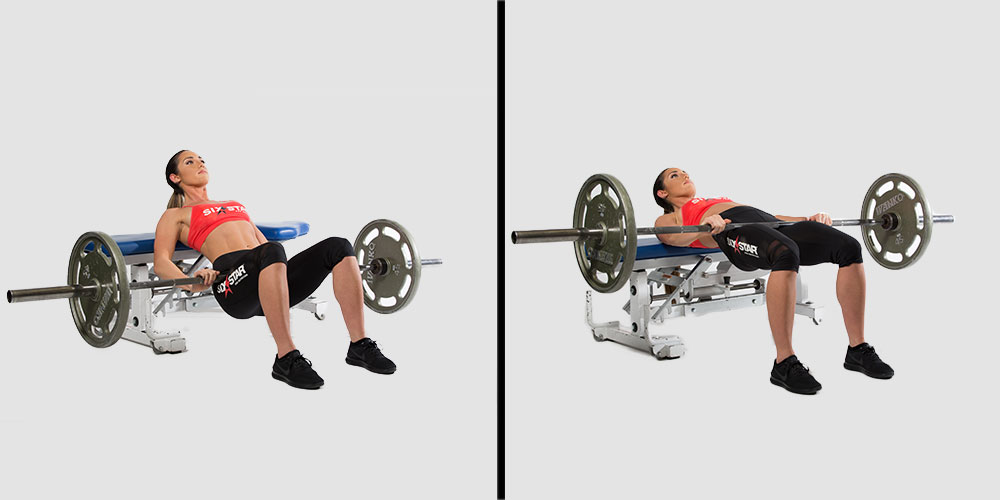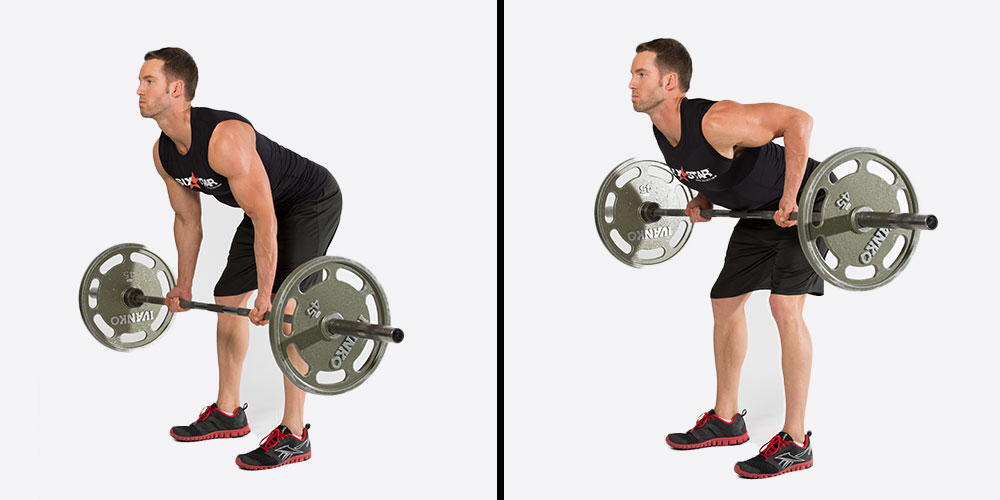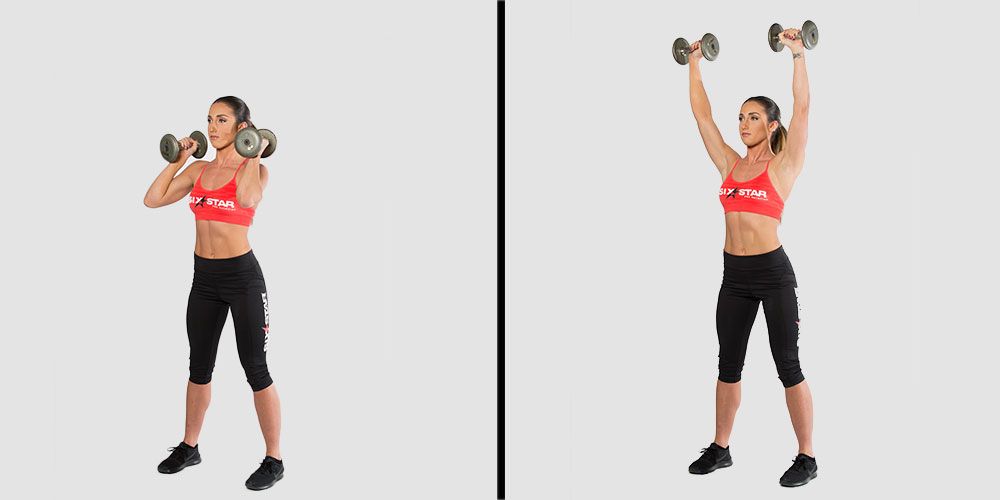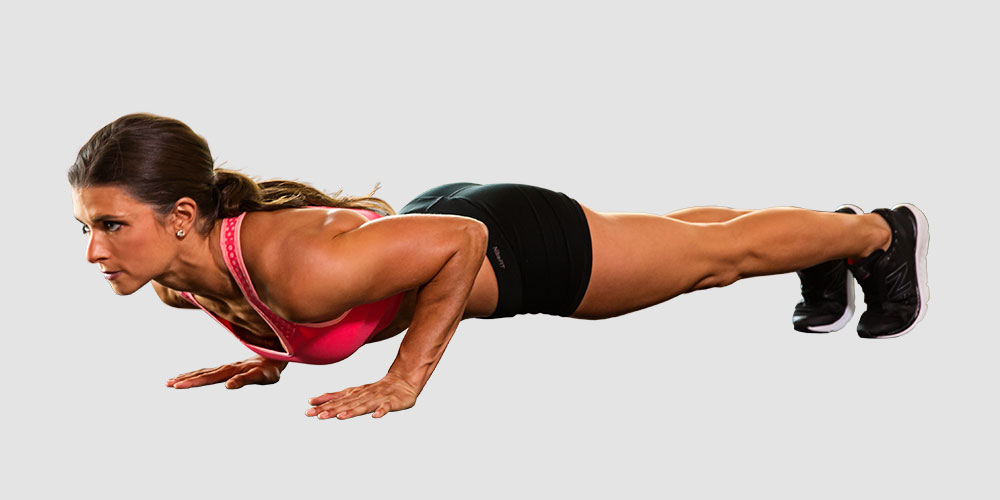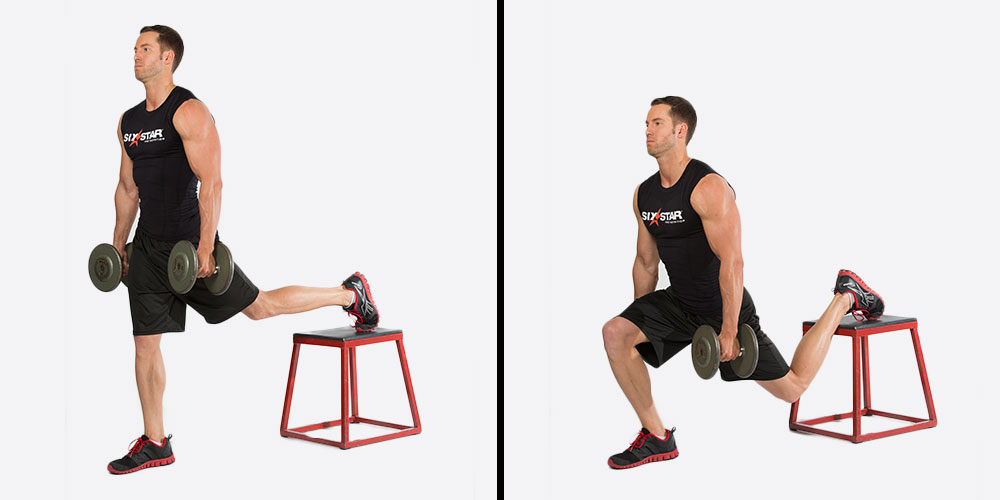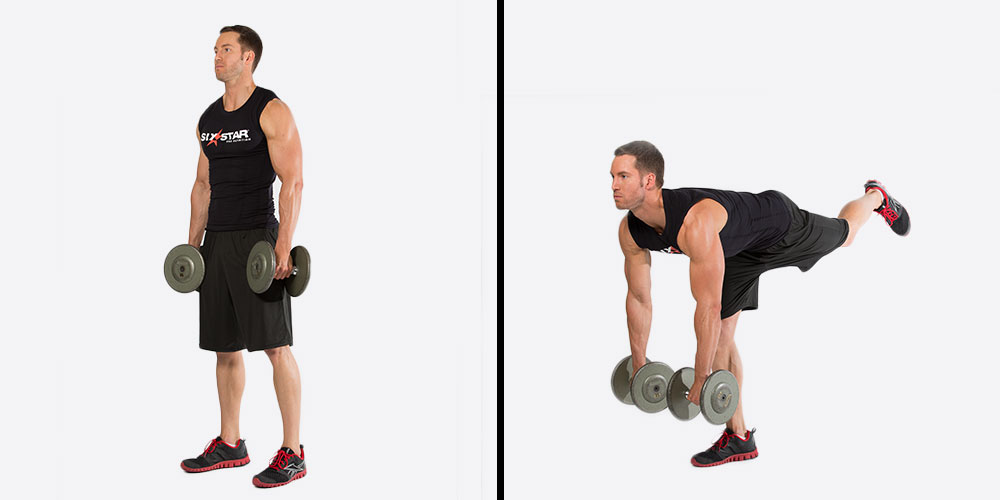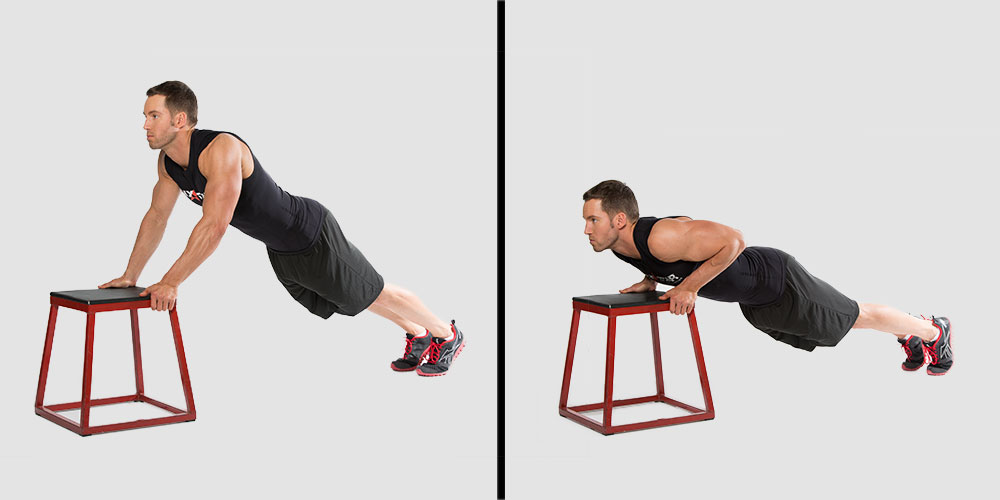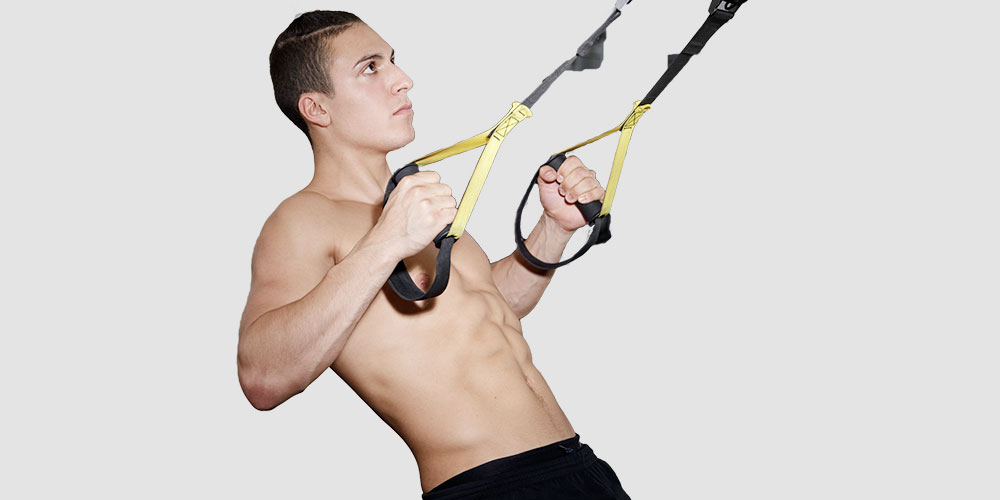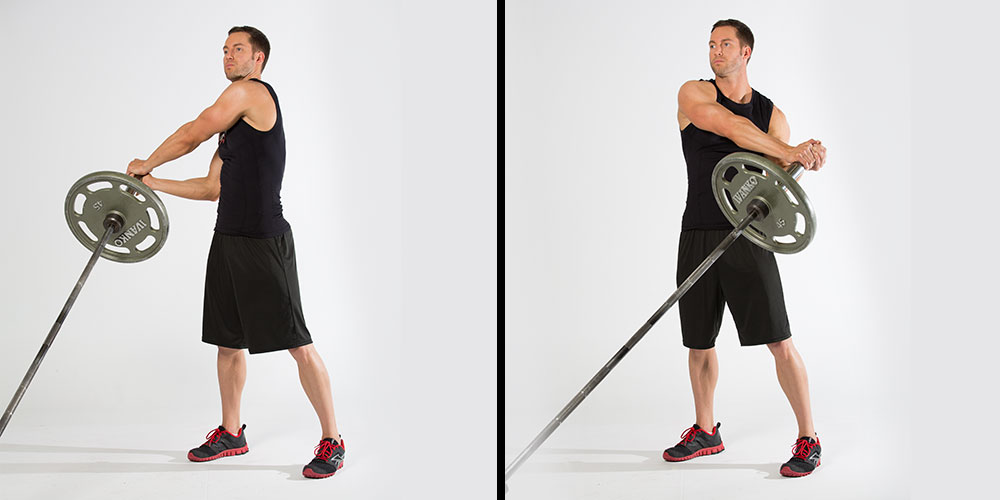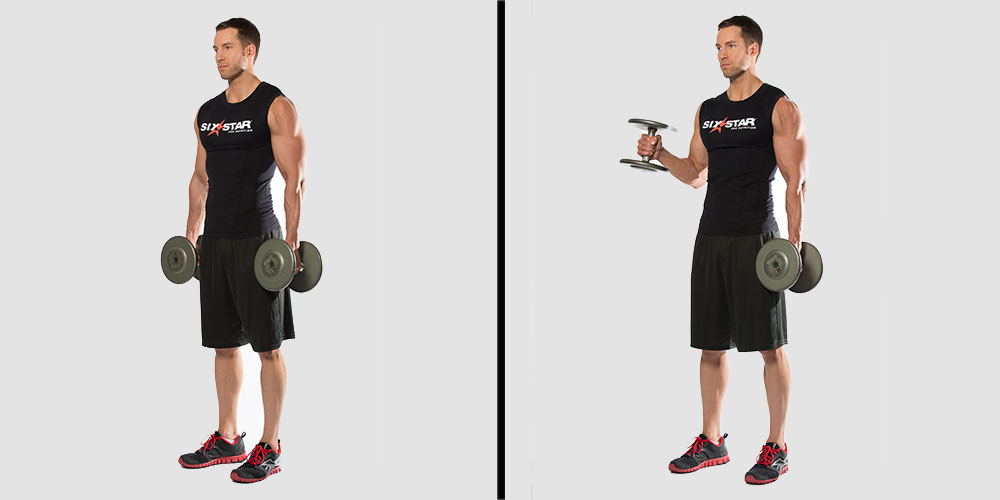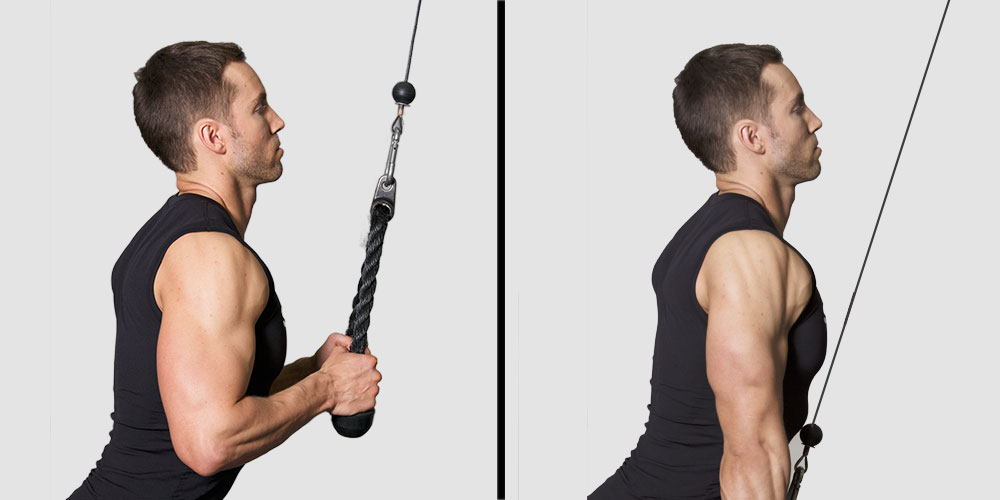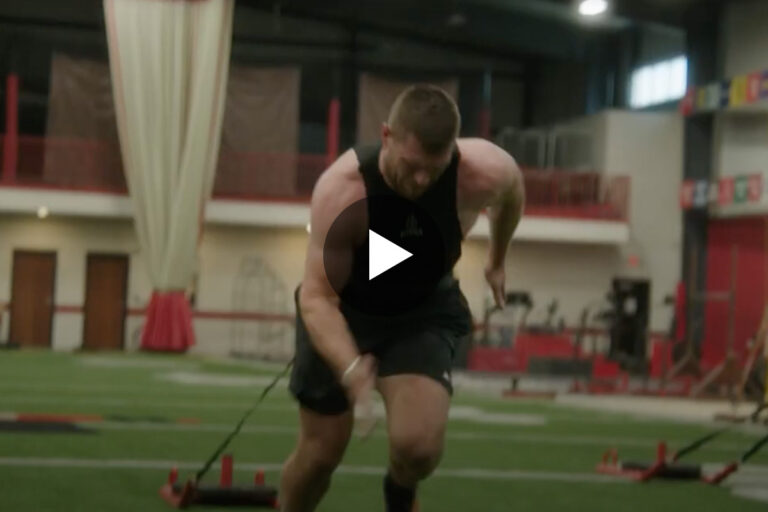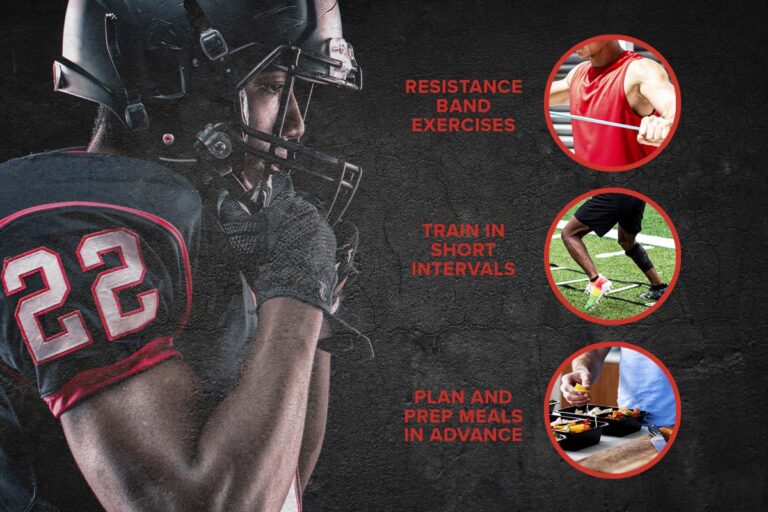A solid combination of speed, agility, strength and power is what truly separates elite athletes from the average Joes. But do these athletes have a superior genetic advantage, or are they simply outworking their rec league counterparts? The answer is a bit of both – it’s a complex mix of elite genetics and training that combine to create the superathletes that continuously entertain us with their highlight reel performances.
Just one of these key differences is muscle fiber types. Every muscle in your body is made up of a bundle of small fibers consisting of two main types of fibers: slow twitch and fast twitch. The average person has about 50% slow and 50% fast fibers in most muscles. Those who dominate the athletic world, however, are blessed with muscle fiber composition variation compatible with their chosen sport.
In bodybuilding, powerlifting, football and other power-based sports, elite athletes most often have muscle fiber compositions that feature more fast-twitch muscle fibers. These types of muscle fibers have significantly greater growth potential and have a very fast contraction time. They help to facilitate any type of anaerobic exercise, like weightlifting and sprinting, whereas slow-twitch fibers are used for more aerobic or endurance-based work, like cycling and long-distance running.
The predominant muscle fiber type in each person is mainly determined by genetics. Most people have roughly even distribution of fast and slow muscle fiber types. Athletes who want to increase the amount of fast-twitch muscle fibers need to focus their training to a higher intensity and/or high velocity of contraction, with slightly lower volume. And while this type of training may not get you close to the level of pro athlete, each person does have room to improve in some aspect of their performance through muscle fiber-type training. By optimizing your training, you can train your muscles to use more anaerobic metabolism (for size and speed). This training can allow athletes to take their speed and explosive power to the next level.
FAST-TWITCH TRAINING
When creating a workout to target fast-twitch muscle fibers, add explosive movements like box jumps, medicine ball slams and kettlebell swings to your routine. Ensure that part of your training program focuses on heavier power exercises – like power cleans, push presses and squats – and lift very heavy (90% or more of your 1-rep max) as explosively as you can. At the same time, you increase fast-twitch muscle fiber recruitment through fatigue – this is because your body has to recruit fast-twitch fibers after slow-twitch fibers are exhausted in order to continue the set. This can be accomplished by shortening your rest periods between sets and using other techniques, like supersets and high-rep sets.
- Workout 1: Heavy, 1-5 repetitions, 3-5 minutes rest (squats, deadlifts, bench presses, shoulder presses, pull-ups)
- Workout 2: 8-12 repetitions, 60-90 seconds rest, mainly compound movements (squats, deadlifts, bench presses, shoulder presses, pull-ups)
- Workout 3: 12-15 repetitions, 30-60 seconds rest, supersets – combination of compound and isolation exercises
It is important to remember that while training with heavy weights and at a high energy level, the risk of injury is significantly increased. Warm up thoroughly before each training session.
Example Program
DAY 1:
| EXERCISE | SETS | REPS |
|---|---|---|
| Box Jumps | 4 | 3 |
| Sumo Deadlifts | 5 | 3 |
| Overhead Push Press | 5 | 5 |
| Weighted Chin-Ups | 5 | 5 |
| Lateral Med Ball Tosses | 3 (per side) | 5 |
DAY 2: REST
DAY 3:
| EXERCISE | SETS | REPS |
|---|---|---|
| Back Squats | 4 | 8 |
| Bench Press | 4 | 8 |
| Barbell Hip Thrusts | 4 | 8 |
| Superset Barbell Rows Neutral-Grip Overhead Dumbbell Press | 3 | 10 |
| Plank | 3 | 60 seconds |
DAY 4: REST
DAY 5:
| EXERCISE | SETS | REPS |
|---|---|---|
| Bulgarian Split Squats | 3 (per leg) | 12 |
| Superset Single-Leg Deadlifts Incline Push-Ups | 3 | 12 |
| Superset Inverted Suspension Rows Landmine Core Rotations | 3 | 12 |
| Superset Dumbbell Hammer Curls Triceps Pushdowns | 3 | 15 |
1Gabriel DA, Kamen G, Frost G. Neural adaptations to resistive exercise: mechanisms and recommendations for training practices. Sports Med. 2006; 36(2):133–49.

